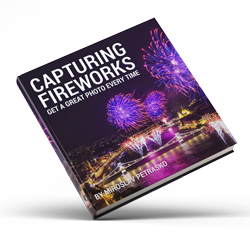Seevilla hotel at the Altausseer See
For this photo I would have preferred to go much much closer to the water to get more of a reflection. But as I mentioned with the previous photo from here, I could not. The piles of snow would just not allow it. So for this, I was actually standing in a spot where they pushed off the snow from the road. It crated a bit of a platform. I did sunk into the snow a few times, but only a little.
This photo was taken at the Altausseer See in Austria. On the left you can see the Seevilla hotel. It is a 6 tile panorama, combined in Lightroom, finished in Photoshop.
And here are few details:




















